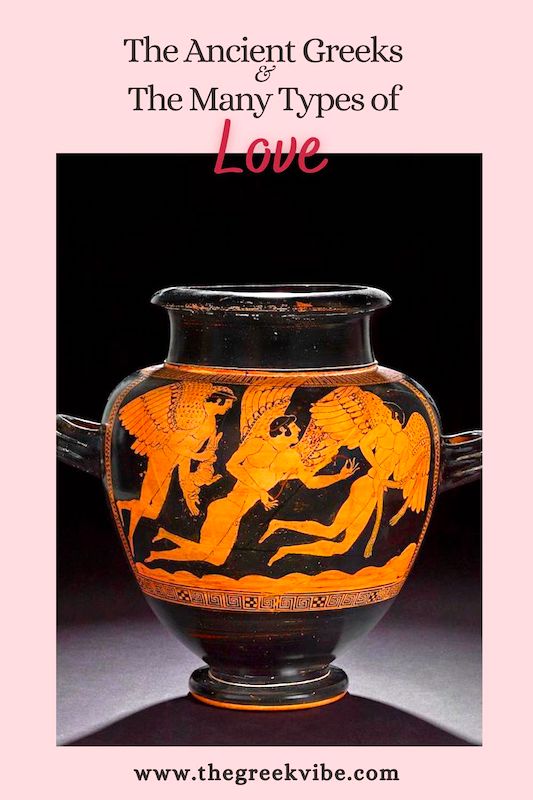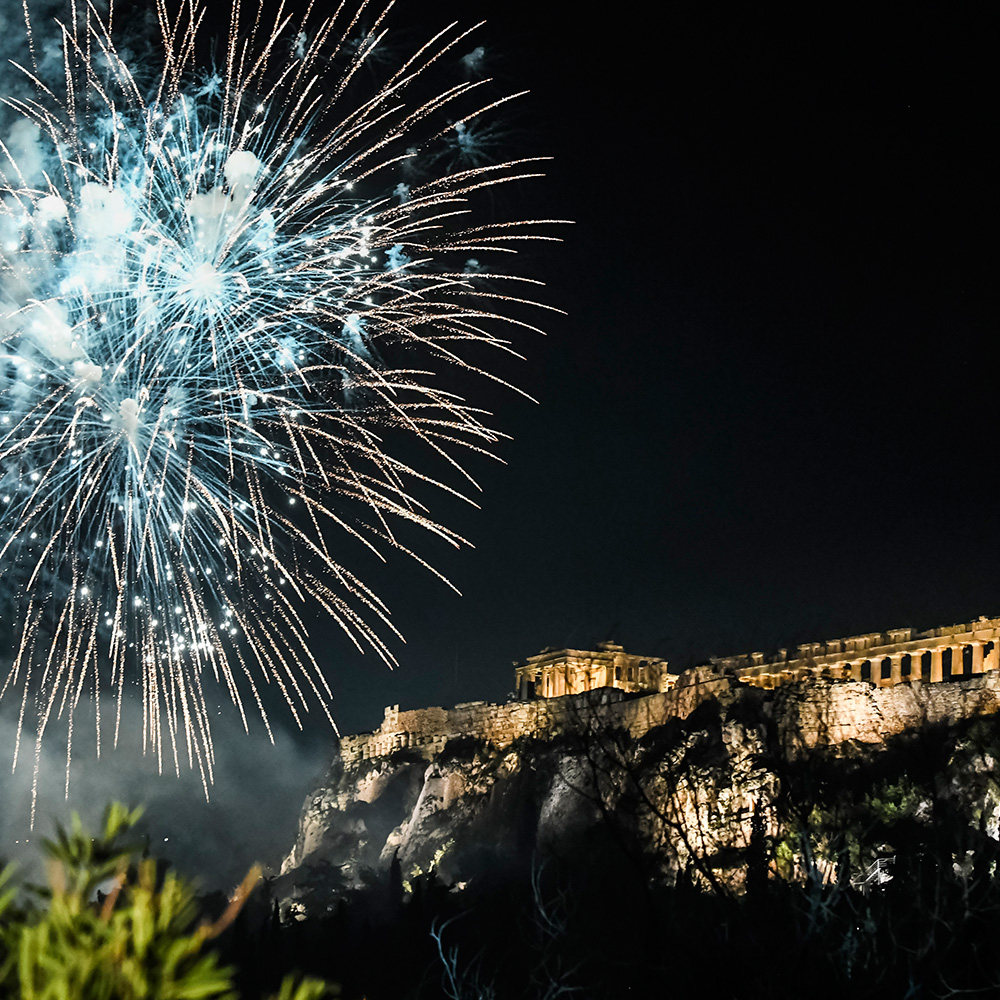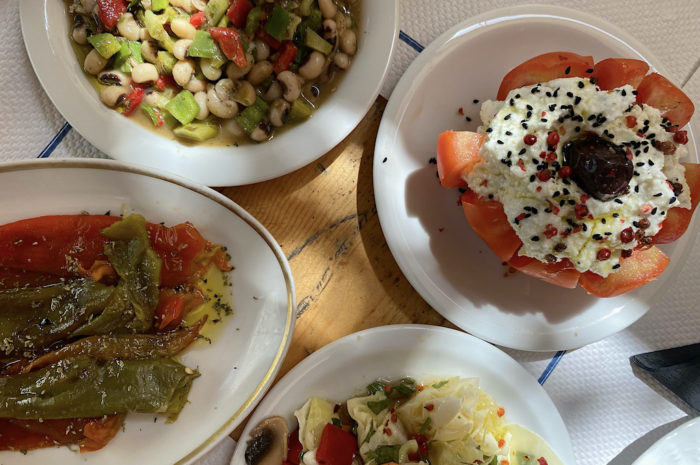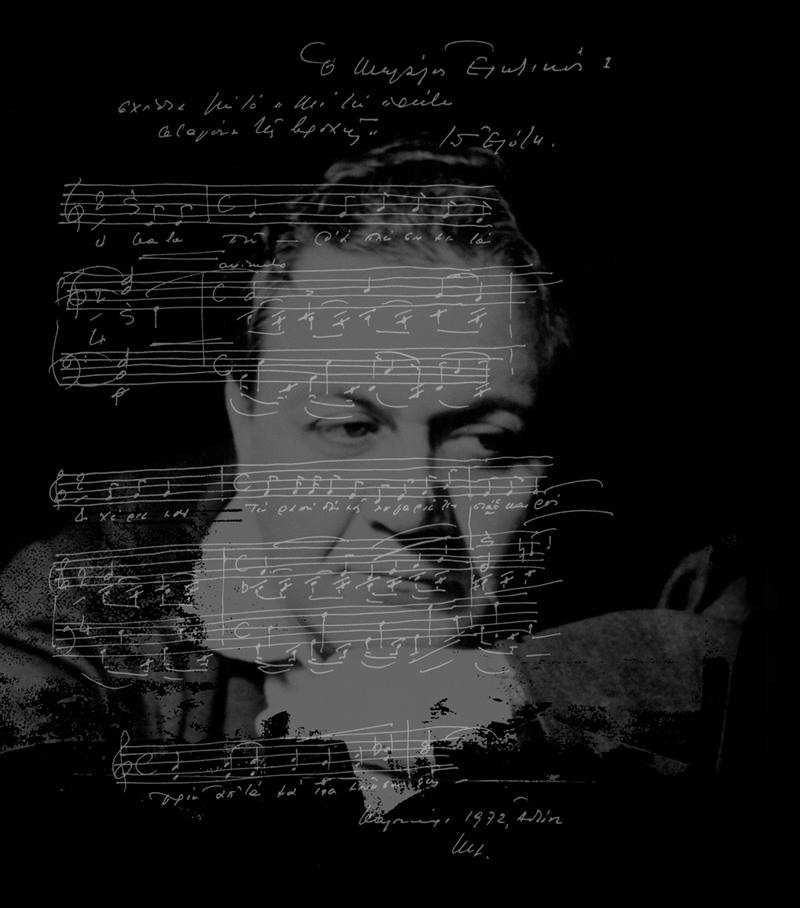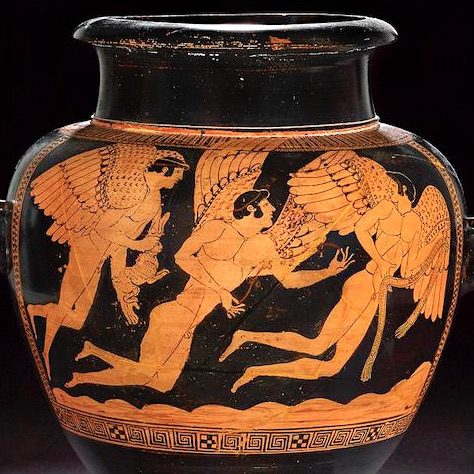
For centuries, poets, writers, painters and artists have tried to capture the numerous facets of love. And yet, for each of us, love means something totally different and remains – if not elusive – an experience that only we alone can begin to comprehend. In an effort to comprehend this all-encompassing human emotion, the ancient Greeks were able to astutely narrow down the vastness of love into several types of love.
►5+1 Reasons to Marry or Honeymoon in Greece
Love: Eros vs Agape
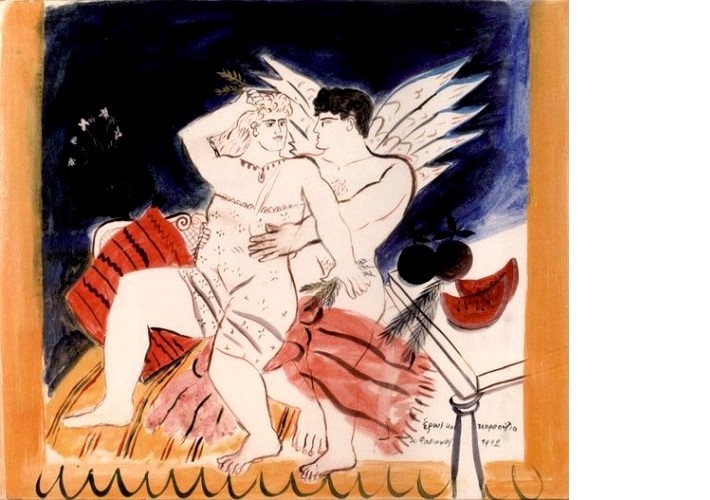
The ancient Greeks believed love had several expressions and this is why there are so many Greek words to describe each manifestation of love.
- There is “agape” or a sense of fondness, benevolence and kindness toward the other.
- “Eros” or “erotas” which refers to the tender, intimate love between lovers.
- “Philia” which is the committed and devoted love of a friend (filos). From this word we have the Greek word for friendship.
- “Filautia” which represents the love we seek within ourselves of ourselves or self-love.
- “Storge” which is the affection we show to family.
- And lastly, “xenia”, which is at the core of Greek hospitality and signifies a form of respect and courtesy of those who are far from home.
The Greeks & Their Gods of Love
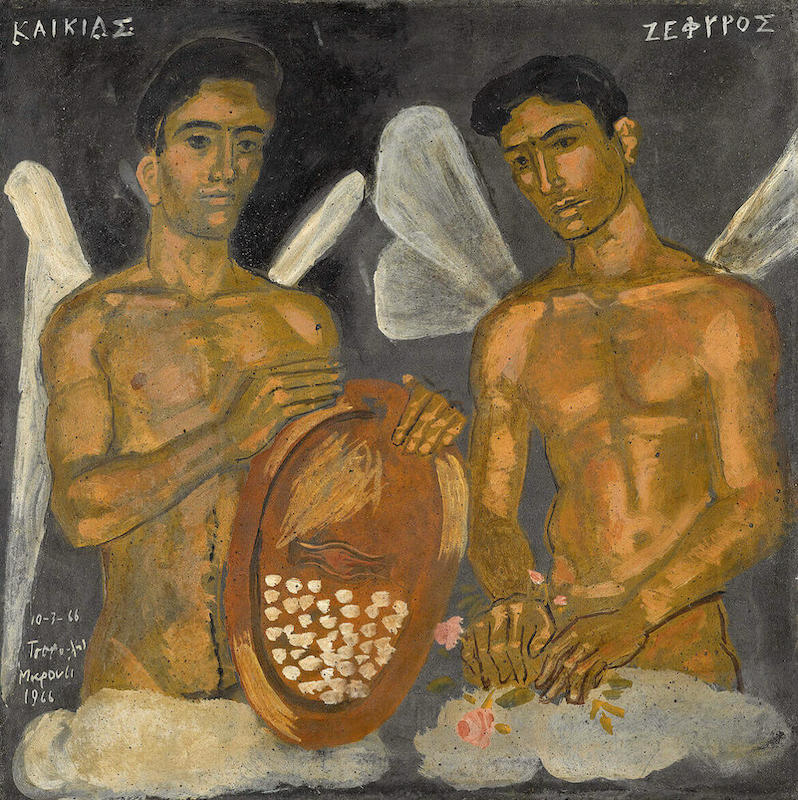
As with everything else, the ancient Greeks also had a god, or should I say, gods of love. Of course, everyone knows Eros. You may know him by his Roman name “Cupid” or you’ve most likely have been hit by one (or more) of his intoxicating arrows at some point in your life.
Eros (or erotas) means “desire” and “passion” in Greek, and yes, this cherubin-like flying lad was the god of love and sex. And it’s no wonder: he was the love child of the goddess of beauty, Aphrodite, and of the mighty god of war, Ares. Could this child be anything else? Falling in love is after all so much like war between the callings of the heart and the warnings of the mind.

You will often see the cheerful Eros on ancient vases and in Renaissance paintings holding a lyre in one hand and a bow and arrow in the other or accompanied by Greece’s sacred dolphins.
And yes, because the Greeks had so many forms of love, they also had as many forms of erotic love and so there were more of these delightful creatures: meet the Erotes (plural for Eros) – a sundry set of winged gods associated with love and sex. These winged creatures (as love is) – nude, handsome, young – were also the love children of Aphrodite in her various meanderings and the siblings of Eros.
The Erotes symbolized realms of erotic love and reveal how wise and open-minded the ancient Greeks were.
Join me and let’s begin sex education 101 based on Greek mythology.
►Jennifer Saint: Giving Women in Greek Mythology a Voice
Who Were the Love Gods (Erotes) in Greece?
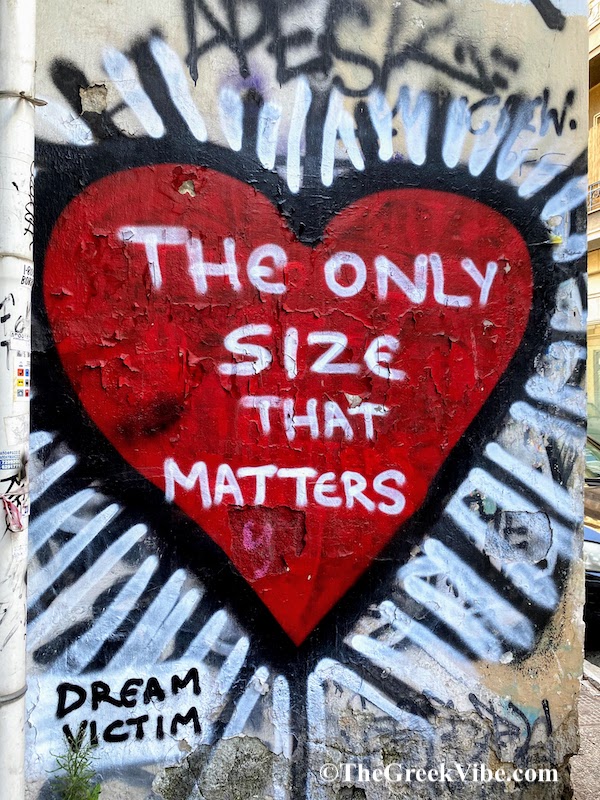
Anteros: Much like Eros with longer curls and butterfly wings, he is the god of “returned or mutual love”. That said, he was not very fond of those who snubbed love or left the daring and passionate in the lurch. Anteros was also believed to be the son of Ares and Aphrodite given to his brother Eros as a playmate.
Hedylogos: The sweet-talking deity. Could there be erotic interest without sweet talk and admiration?
Hermaphroditus: As the name betrays, Hermaphroditus is the striking son of Ermis and Aphrodite and is a two-sexed god. He is actually a blend of boy and girl – the water nymph Salmacis – and represents androgyny. The embodiment of both masculine and feminine qualities, Hermaphroditus symbolizes in my view the two parts that are always necessary if a union of partners is to reach ecstatic states and perfection.
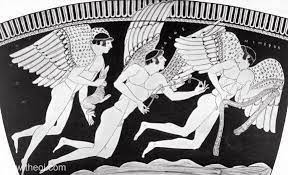
Himeros: Also very much of the “falling in love experience”, Himeros was the god of impulsive love and the uncontrollable desire that goes along with it. Not to mention the lack of any clarity whatsoever. As is often the case in the madness of love, Himeros goes hand-in-hand with unrequited love. He was also the child of Aphrodite and Ares.
Pothos: This is the god of yearning, longing and ache that accompanies not having what we so desire. He too represents erotic love mainly for something we cannot have. The teenaged-looking Pothos is said to be either the son of Ares and Aphrodite or of the god of the westerly wind Zephyrus and Iris. He is also winged and playful like Eros.
Hymenaios: His name is derived from the Greek word “ymnos” or hymn (praises and he ‘sings the praises’ of committed love. This god was older and the more serious of the lot and this because he is the “guardian” of marriage.
Harmonia: Not one of the Erotes, Harmonia was also the daughter of Aphrodite and Ares and is seen as an essential part of the love experience. She is the goddess of harmony and unity and was the patron of marital harmony and peace. She also represented cosmic balance.
Read about Agios Yakinthos, Greece’s Saint Valentine and about one of our greatest poems dedicated to love “Erotokritos” by Cretan poet Vitsentzos Kornaros.
♫ I end today’s post with a song by Cretan troubadour Loudovikos ton Anogeion who asks: ‘What is the color of love?’ (Pio to Chroma tis Agapis). What do you think?
▶︎In the meantime, set the mood for love with this Greek love song playlist. Enjoy!
Enjoyed this Post? Share and Pin it!
